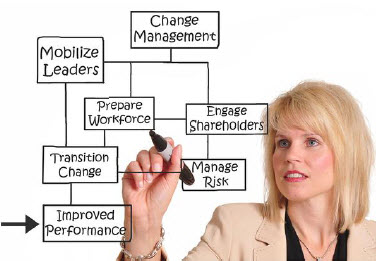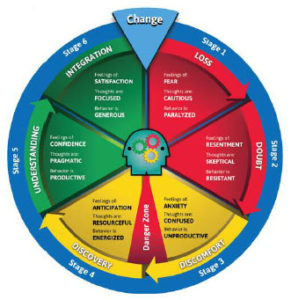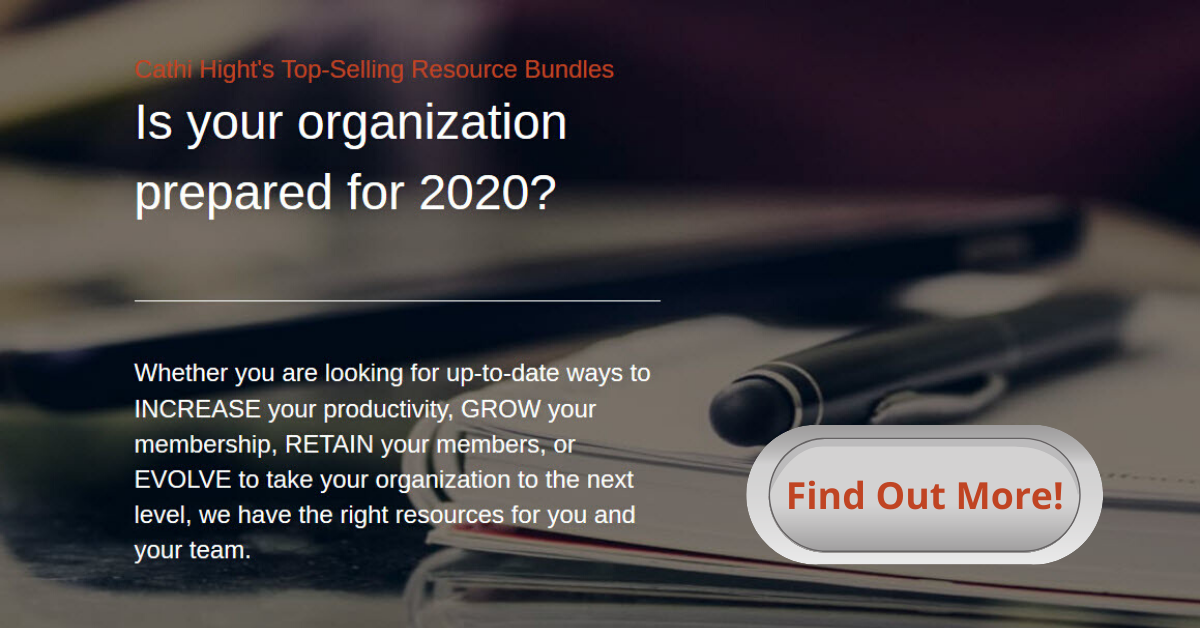“It isn’t the changes that do you in, it’s the transitions. Change is not the same as transition. Change is situational; the new site, the new boss, the new team roles, the new policy. Change is the psychological process people go through to come to terms with the new situation. Change is external, transition is internal.”
~William Bridges, Making Sense of Life’s Transitions
Many change initiatives fail and industry experts speculate that the rate of failure can be as high as 70%. Common reasons why change initiatives fail is often due to employee resistance and lack of management support. Oftentimes, change can be a good thing, but the response to change is usually skeptical and based on prior experiences with other initiatives that didn’t go well.
Failed change efforts can destroy employee morale, waste valuable resources (time, money, equipment), increase employee turnover and impact the bottom line. So, how can leaders ensure that more change initiatives succeed rather than fail?
The Focus on Change Management
As a leader, you have engaged in change management training or read about popular change management models to find a better process to get everyone on board with a new initiative. You may be familiar with Kotter’s Accelerate model with 8 stages or a more streamlined 4-phase model to Define, Plan, Implement and Sustain Change.

Most change management models agree that it’s important for leaders to explain the need for change, create a clear and compelling vision for the future, develop strategies for buy-in and alignment with stakeholders, and provide support to remove obstacles and to sustain the change over time.
But these change management models haven’t resulted in more initiatives succeeding. According to extensive research conducted by McKinsey, only a third of change initiatives succeed because they are based on a prescriptive and rational approach to help get buy-in from employees. But a “common sense” approach to change doesn’t work, because it ignores the elements of human nature. Employees aren’t motivated by change for the same reasons; they need a compelling story on the impact for customers and the team and for themselves, they follow role models other than the leader, and realize that becoming the intended change takes time and patience.
Change is an Event; Everything that Follows is Transitions
The organizational consultant and author, William Bridges, shed light about the profound realization that transitions for people needed to be managed and not the change itself. His philosophy is that transitions happened over three phases: letting go of the past, the “neutral zone” where the past is gone but the new isn’t fully present and making sense of the new beginning. His book Transitions: Making Sense of Life’s Changes can be a valuable resource prior to a merger or a change in organizational structure. Allowing people to acknowledge a sense of loss for what used to be, to feel uncomfortable while there is chaos, and to ease into unfamiliar territory requires leaders to have empathy for those who are beginning their change journey.

Another one of my favorite books that I have used to help leaders and their teams (as well as friends going through major life events) is The Change Cycle. What I love is how the stages of transition are explained with the colors of a traffic light and how they mirror the actions we often take.
These stages vividly describe what Bridges explained about Loss of the Past, the Neutral Zone and New Beginnings. The Change Cycle also emphasizes that people don’t go through the stages at the same pace, people can get stuck in a stage or retreat to a previous one and recognizing a Danger Zone during stages 3 and 4 where unresolved feelings could impede momentum.
During every stage, employees and those around them need to understand that feelings experienced are normal. Resources provided by allowing employees to express themselves and active listening through peer-to-peer discussions and with the support of mentors (peers that have already experienced the different stages successfully), will help them to move forward through each stage.
Whether previous change initiatives have been successful for your organization or you’re contemplating a change in the near future and having reservations about its viability, these links to articles and books may help you and your leadership team as you plan for the future.
We know that change is inevitable for sustainable growth. But keep in mind that organizational change requires us to understand the psychology of change management and the importance of helping employees through the stages of transition once initiatives have been approved. The change event is just the beginning; the journey of successful transition will take time and support.
Cathi Hight helps organizations manage constant change, develop customer-centricity and “work smarter, not harder”. She is President of Hight Performance Group and the developer of The Member Retention Kit, A New Approach to Tiered Membership and Work Smarter, Not Harder. Learn more at www.hightperformance.com.


